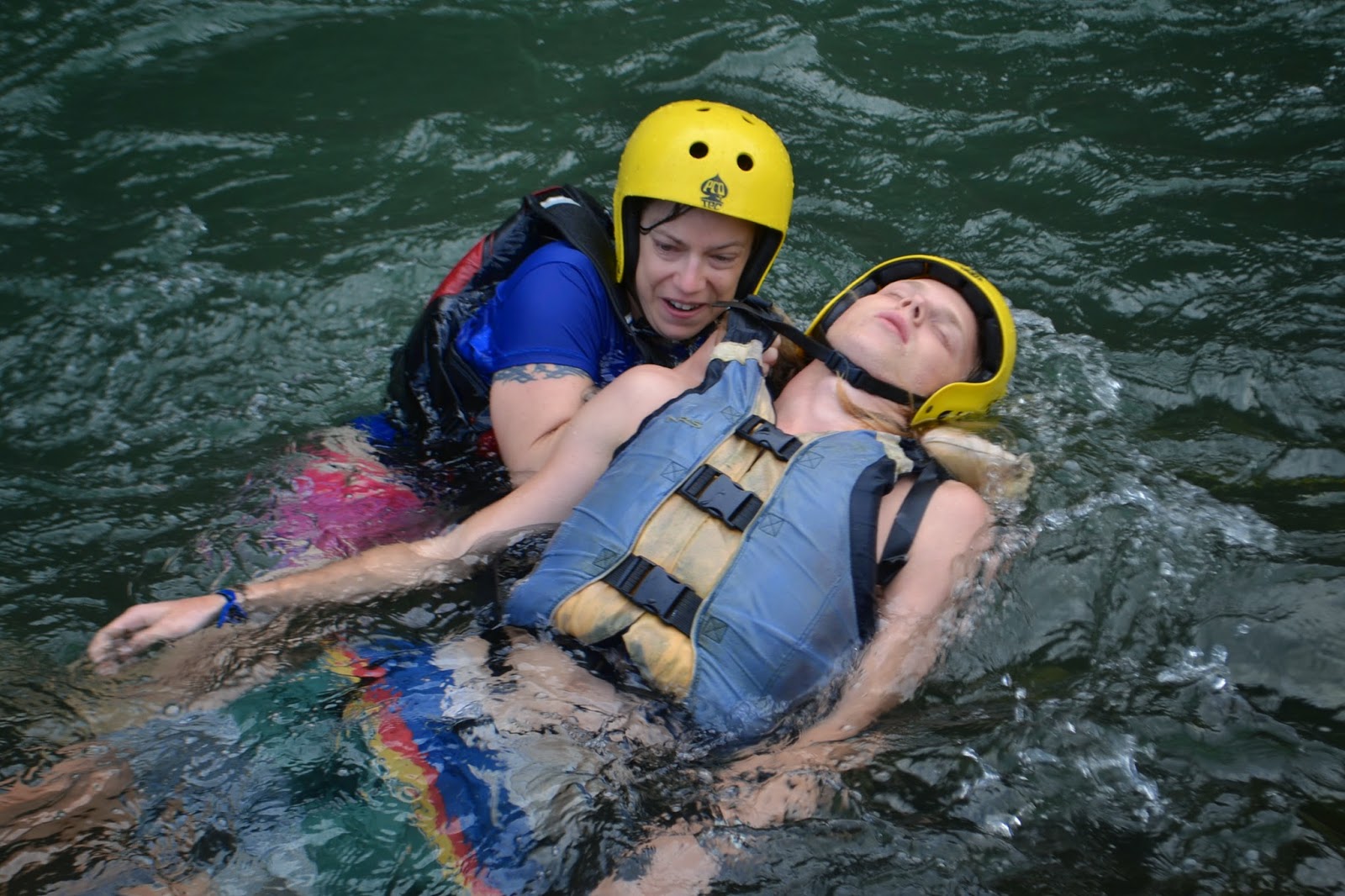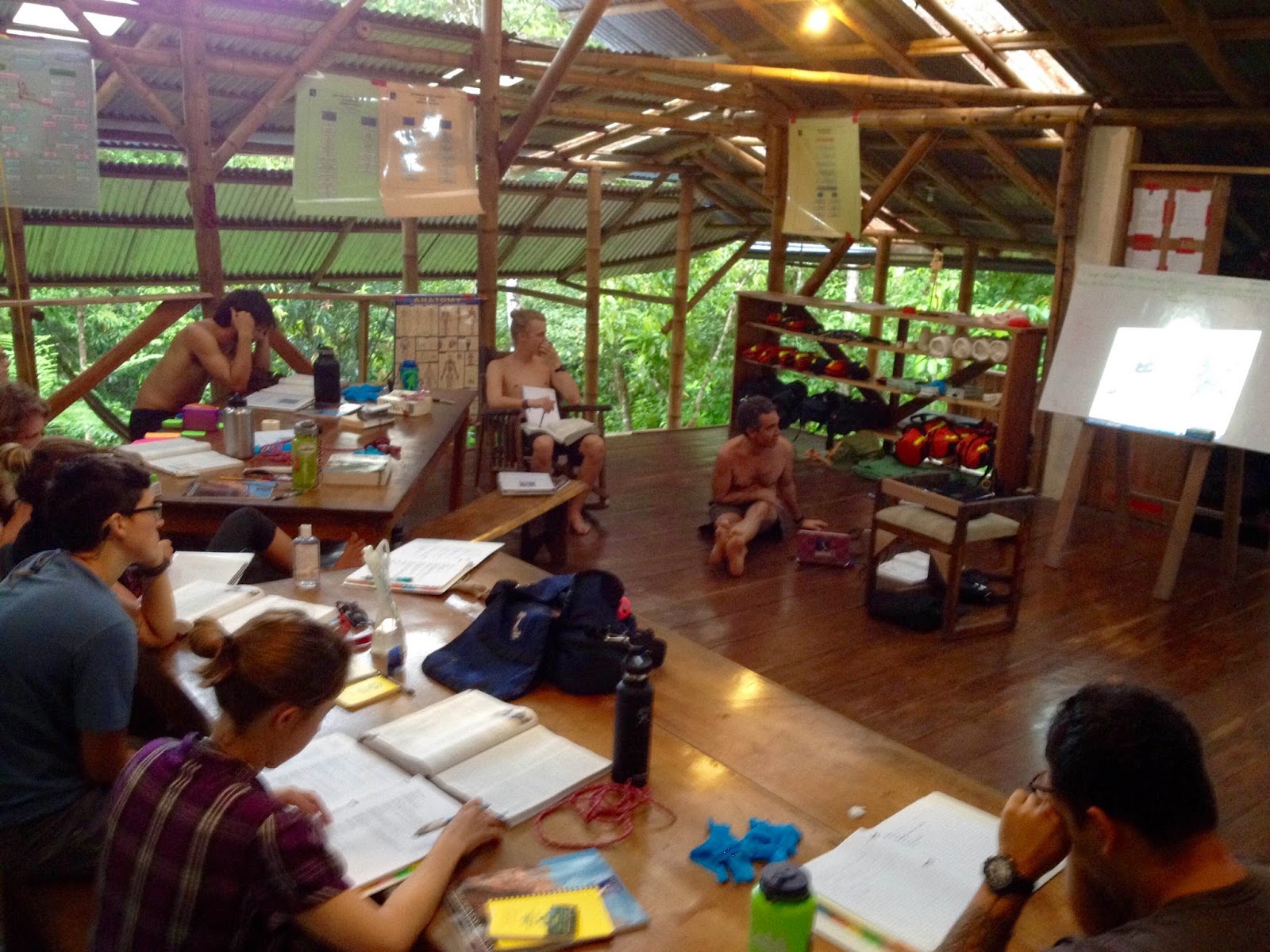Students are all back in the US, gearing up for their time in Montana while cleaning off some of the sand from Rafiki.
We haven't been able to post for a bit, so here are photos from the last few weeks, starting with the clinic.
FREE HEALTH CLINIC
During three days, students, our medic/ EMT instructors and three MDs ran three separate health clinics. The first was in an indigenous community, the second in near the classroom itself, and the third in the areas surrounding both while visiting families at home. These clinics are our chance to give back to the communities that are so gracious to us every year. They also allow our students a unique opportunity to assess real people (as opposed to their fellow students in scenarios) and to work with health care professionals as they assess and treat their patients. These were long days. At night, we gathered back at the classroom to discuss patients are review their care. Adding to the educational experience, students will now head to MT and complete clinical time in a US emergency room and on an ambulance.
 |
| Students and staff receive and triage patients |
 |
| Some of the equipment we take to the clinics |
 |
| Night-time review of patients and the next day's plan |
SWIFTWATER RESCUE
After a month in Mastatal that culminated in three intense days of health clinics, everyone headed to the Rafiki Lodge on the Sevegre River. On the Sevegre, students worked for three days and earned their Swiftwater Rescue Technician certifications, which is the certification typically required by raft guide services.
ESTERILLOS
Before the clinic, we also headed to the beach to practice rescues in a new environment.












































